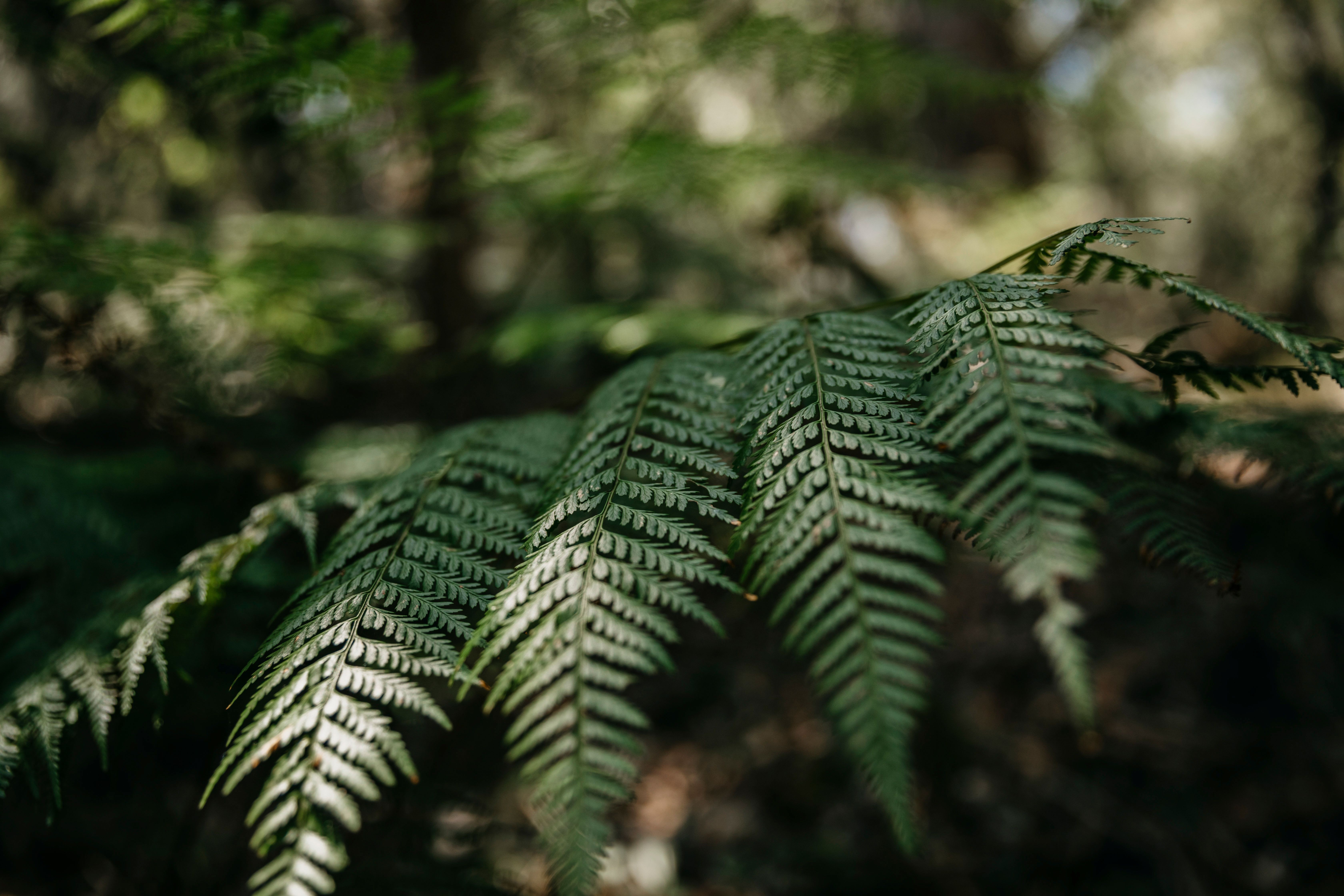Automatic language translation
Our website uses an automatic service to translate our content into different languages. These translations should be used as a guide only. See our Accessibility page for further information.
Tomaree Lodge is a place of local and State significance and has significantly contributed to the landscape and story of Port Stephens on Worimi Country.

During the Second World War, Tomaree Headland became a strategic anti-shipping defence post and was renamed Fort Tomaree. During this time several residential staff buildings, dormitories and an artillery battery, including gun emplacements, torpedo launch pad and radar station were constructed over two areas known as the upper and lower camps.
Ten structures collectively make up the original section of Tomaree Lodge. These single-storey, timber-framed buildings on the western foreshore of the headland were designed in 1942 by the New South Wales Government Architect’s Office. It remains one of the few surviving Army garrison camps dating from the WW2 in NSW. It is a heritage listed site. This recognises it as being of State and local heritage significance with statutory protection under the Heritage Act 1977 and Environmental Planning and Assessment Act 1979. For further historical information, please visit the Tomaree Museum.

From 1949 until its closure in May 2021, Tomaree Lodge operated as an institution for people with disability or experiencing mental health conditions.
In 1947, the NSW Department of Public Health acquired the lower camp of Fort Tomaree to establish an institution for long stay patients experiencing mental health conditions. The former military huts were adapted for use as patient dormitories and staff quarters and the Tomaree Convalescent Hostel officially opened in 1949.
During its operation, significant changes were made to the site including the modification of existing structures, the establishment of gardens and the construction of multiple recreational and administration facilities. Tomaree Lodge, along with many other institutions of that era, relied on unpaid patient labour for essential operations. It has been documented that unpaid patient labour was used to create the rock wall at the beach, and for road building, as well as terracing and gardening.

In 1960, the facility was renamed Tomaree Holiday Lodge, when it expanded its operations to include short-stay admissions for patients from other local hospitals.
In 1992, Tomaree Lodge, then owned by the NSW Department of Health, was listed on the Heritage and Conservation Register. At this time, the site was used to provide long-term supported accommodation for people with developmental disabilities.
In 2001, the then NSW Department of Aging, Disability and Home Care took over operations of the Large Residential Centre, providing accommodation for up to 50 residents.
The NSW Government has acknowledged that large residential institutions did not provide residents with access to the quality of life, inclusion or opportunities for social participation available to other citizens.
Tomaree Lodge was ultimately closed in 2021, after the implementation of the National Disability Insurance Scheme (NDIS) enabled the remaining residents to move to community-based supported accomodation. The Royal Commission into Violence, Abuse, Neglect and Exploitation of People with Disability was established in 2019.
In response to the findings of the Royal Commission, the NSW Government acknowledged that further change is needed and committed to working with people with disability, their families, carers and supporters to deliver on this commitment.
For more information, please see The NSW Government Response to the Disability Royal Commision.
The Worimi people are the traditional custodians of the land bounded by four rivers, Hunter River to the south, Manning River to the north and the Allyn and Paterson Rivers to the west.
Tomaree Lodge is located on Worimi Country at the base of Tomaree Headland. The adjoining Tomaree National Park is understood to have provided a range of resources for the Worimi People, including food, medicines and shelter, and remains a significant place for cultural practices.
The ancient landscape of Tomaree Headland is part of the cultural knowledge and Dreaming stories of Worimi People. To walk along the beaches of Tomaree National Park is to trace the ancient routes travelled by Worimi people as they ventured north and south through their Country.
The area that we now know as Tomaree is a sacred site for women. Apart from the abundant lobster fishing, harvesting of native foods and medicines, and care for the land, Women’s Business took place here for many thousands of years.
DCJ is committed to ensuring that the future use of Tomaree Lodge respect and reflect the ancient and continuing history of Tomaree Headland and Tomaree National Park as places of Aboriginal cultural significance.

Tomaree Lodge is located within a coastal landscape of stunning scenic value. The site is distinctly recognisable as a low-rise foreshore development at the foot of Tomaree Headland.
This entry to the site is outlined by a grove of old Norfolk Island pines which stand along the western edge of the headland. The internal network of pathways showcases the site’s exceptional landscape and coastal vistas which frame the unique character of Tomaree Lodge.
The significant landscape elements and vegetation on the property must be conserved and managed to retain the character of this important site. Moving forward, vegetation and vistas of significance should be retained and celebrated within any design of the site.
Any adaptation of existing elements must also not adversely affect scenic values of the site or impact any adjoining items of significance.
Last updated: